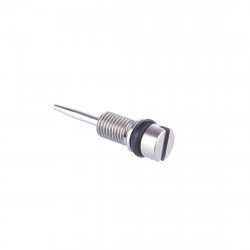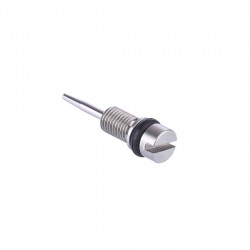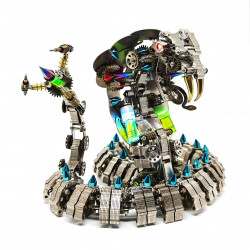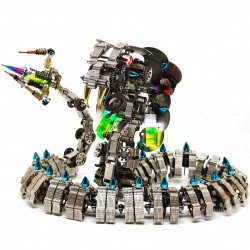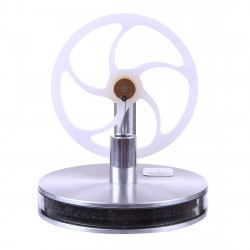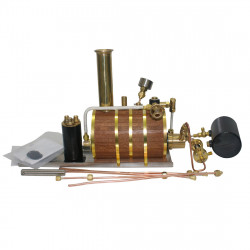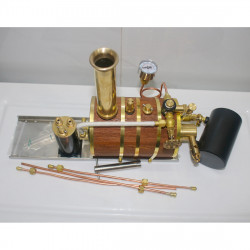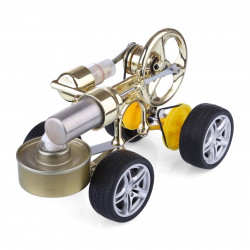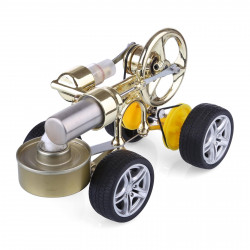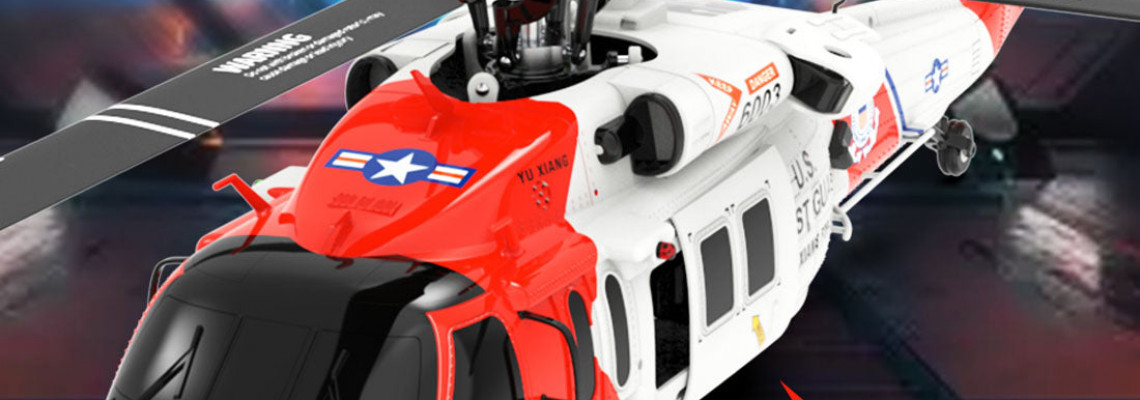
The Comprehensive Guide to Know about Channels for RC Airplanes
To become a proficient pilot and get the most out of your model, a novice to radio control flying must become familiar with the main controls of their new aircraft.
A 'channel' is any controllable activity on an RC airplane.
If you are a beginner and wish to acquire a remote-controlled aircraft, please buy a ready-to-fly aircraft of any brand. You don't need to purchase any further accessories because you may use the plane immediately after obtaining it.
Overview of Channel Definition
Channel Type Functions Included Recommended For Description
2-Channel Throttle, Rudder Kids, or Beginners Basic control, suitable for new pilots. Dual motors allow forward movement and left/right turns but may become dull for older users.
3-Channel Throttle, Rudder, Elevator Beginners (14+ years) Introduces vertical control, allowing ascent and descent. It is ideal for learning basic flying skills with more power than 2-channel models.
4-Channel Throttle, Rudder, Elevator, Aileron Experienced pilots Add roll control with ailerons, enabling more advanced maneuvers. Recommended for those with some flying experience.
5-Channel Throttle, Rudder, Elevator, Aileron, Flap Advanced Pilots Designed for larger planes, these systems allow for additional features like flaps for better takeoff/landing and can include functions like camera switches or landing gear.
6-Channel & Plus Varies by model Professional pilots More channels allow for complex maneuvers and additional equipment control tailored to specific flight needs.
2-Channel
The rudder and throttle are the most basic parts of a plane. As an entry-level activity, it is easy to comprehend.
3-Channel
A three-channel RC plane is highly recommended for a more authentic experience and comprehension of radio control flying. Having an elevator, rudder, and throttle gives you more control over how the aircraft is flown.
4-Channel
Four-channel planes are more common among skilled RC pilots. With the aileron integrated, you may now fly" like " a plane.
5-Channel
Larger aircraft typically use the fifth channel, which provides a flap to aid in takeoff and landing. The fifth channel is more versatile and can be used for anything other than flaps; it includes the elevator, rudder, throttle, and aileron.
6-Channel and
Expert pilots typically operate professional RC planes with additional channels. Depending on the required features, additional channels can be used as a signal, equipment switch, etc.
The amount of channels an RC plane can have is entirely up to the pilot and depends on how many functions they wish to control.
Ailerons and elevators move up and down, whereas rudders move left and right. The control surfaces are hinged portions of the flying surfaces (wing, tailplane, and fin).
This movement alters the airfoil's overall form, which impacts the flying surface's lift, downforce, and side force production. The aircraft adjusts its attitude and/or direction in response to these changes. The plane's orientation with respect to the horizontal is referred to as its attitude. For example, if it is pointing upward, the plane has a nose-up attitude.
Feature of Each Channel (4 basic channels)
Throttle
The throttle regulates the engine speed, determining how quickly or slowly the propeller spins. Consequently, this modifies the quantity of push generated.
Elevators
The tailplane's hinged part is called the elevator. It is the most crucial control surface and is situated at the far back of the aircraft. It is also referred to as horizontal stabilizers. The elevator has a direct impact on the aircraft's airspeed.
Elevators control the airplane's horizontal pitch attitude, or whether the nose points upward or downward. The plane's nose is forced upward when the elevators are deflected upward and downward when they are deflected downward. The elevators' upward/downward deflection alters the amount of downforce produced by the tailplane, resulting in this nose-up/nose-down pitch attitude.
When turning, elevators with rudder and/or ailerons should be employed to keep the aircraft in altitude and create a bank during the turn.
Ailerons
Ailerons are not used in all RC airplane controls; rudder is used in many 3-channel trainers. However, when installed, ailerons regulate the aircraft's roll about its longitudinal axis, which is represented by a straight line that passes through the middle of the fuselage from nose to tail. On the wing's trailing (rear) edge, ailerons function in pairs and are opposed to one another; when one aileron travels up, the other moves down, and vice versa. Every aerobatic maneuver involving a rolling motion uses ailerons.
Rudder
The rudder is the vertical stabilizer, or hinged portion of the fin, at the rear of the aircraft. It provides directional control by altering the airplane's yaw. It functions correctly when the rudder is moved to the left, causing the aircraft to turn left and vice versa. To fully enjoy your model and make the most of the hobby, it is essential to comprehend the controls of your RC airplane or any other RC model.
Different control channels RC airplanes
2 Channels RC Planes for Kids
Thanks to the dual motors that act as the throttle and rudder, you can control forward (with automated climb up), left, and right turns (with different motor speeds). It's the easiest control type for novice pilots to learn. But it will soon get boring for pilots who are adults and teenagers seeking more challenges and fun. Because of this, 2-channel aircraft are mainly designed for kids to learn the sport under the guidance and support of more seasoned adults.
3 Channels RC Planes for Beginners
Add the rudder and elevator to the tail. The elevator will handle the ascent and dive, the rudder will control the left and right turns, and the motor will control the throttle. It will help novice pilots learn how to operate an RC aircraft, which is more like a hobby than a toy. Pilots over the age of 14 are advised to begin with RC aircraft.
4 Channels RC Planes for Experienced and Advanced Pilots
The aileron control, now available with the other three channels, enables the RC aircraft to perform more stunts, a crucial feature for most experienced pilots to use while flying. A four-channel trainer is always recommended for pilots who have flown small (40-60cm wingspan) aircraft with fewer channels.
5 Channels RC Planes for Experienced and Advanced Pilots
Another feature, the flap, is engaged for better takeoff and landing. Usually, only larger aircraft can do this. Nevertheless, the fifth channel can also be utilized for a number of purposes, including landing gear retract switches and camera switching. Therefore, when it mentions five channels, it usually indicates that the pilot is well-versed in RC aircraft and is acquiring more extra features for increased fun.
